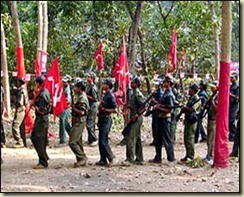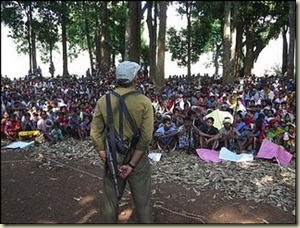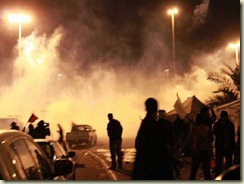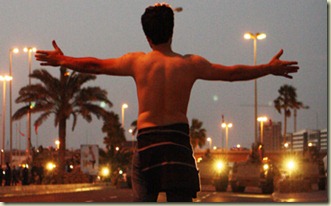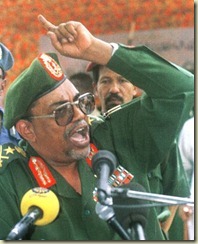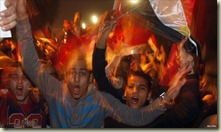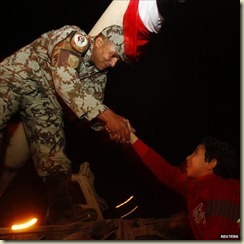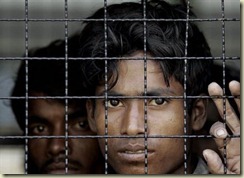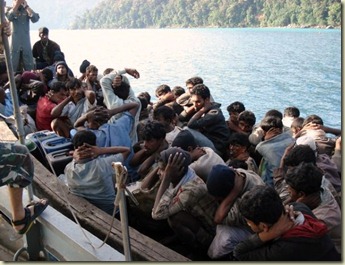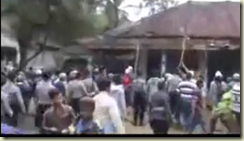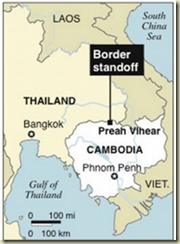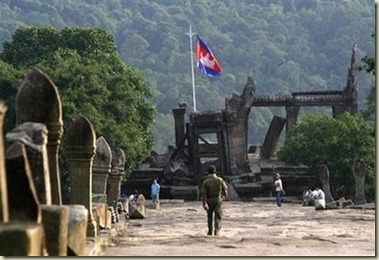The scale of brutality that Gaddafi is currently unleashing against his own people as they fight for their freedom, has unarguably been the most appalling and disturbing aspect of the 2011 revolutions thus far. As the tyrant himself launches into rambling hour-long proclamations, his mercenaries and militias slaughter Libyan citizens with impunity. The suppression of media has made any claim hard to verify but reliable reports of patients being shot in hospitals, deserting soldiers being burnt alive in locked barracks and missiles being fired into crowds illustrate just how low he will sink to cling onto his now faltering rule.

More relevant than these ties to various despots, war criminals and terrorists though, is Gaddafi's link with Italian lothario Silvio Berlusconi. Whilst recent media attention relating to the embattled Prime Minister has focused almost invariably on his alleged fling with an underage prostitute, Berlusconi is concurrently playing a far more destructive and repulsive game in defence of his tyrannical friend. A long silence after Gaddafi began butchering protestors was followed by a weak statement opposing the violence…clarified by a warning that 300 000 Libyan refugees could flee into Europe should the dictator be toppled.
Notwithstanding the utterly nonsensical nature of this prediction (the figure was seemingly plucked from the air with no factual basis) - it is hugely significant. For beyond a mere play to Italy’s far right, it represents a democratic European leader seeking to water down international support for the protests in the strongest way he can without openly expressing his wish for Gaddafi to remain in power. By whipping up fears of a mass refugee influx into an economically unstable Europe, Berlusconi implicitly suggests that leaving Gaddafi in place (to murder those trying to escape as he has so effectively done for decades) is the best option.
Why is Silvio so supportive? The answer lies in the Mediterranean's longest underwater gas pipeline (running from Libya to Italy), Gaddafi’s huge personal investments in the Italian stock market and an un-disguised personal friendship between the two leaders (Gaddafi was always welcomed as a guest of honour in Italy despite the fact that diplomatic protocol does not require it). Berlusconi undoubtedly recognises that democratic forces in Libya will question whether to keep such strong economic ties with a country that did nothing to help whilst their people were slaughtered by a despotic lunatic. And unfortunately, unlike Amin, Taylor or the Mono Islamic Liberation Front, he has a degree of influence with the international community (particularly European nations) that can at least make them hesitate before sanctions, no fly zones or active support for the demonstrators are put on the table.
Gaddafi’s most dangerous crony is becoming ever clearer.





